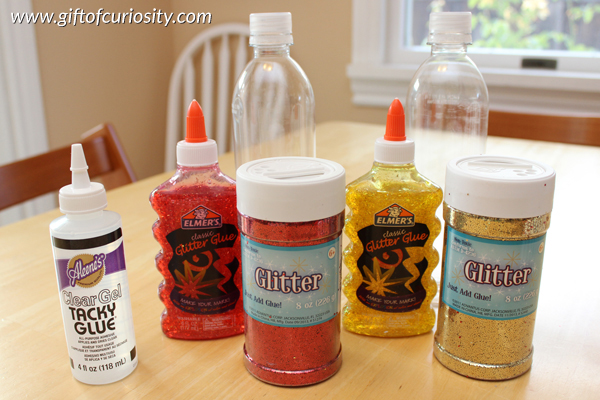So why not make the process FUN?
Inspired by a conference breakout session on pairing learning with fun, our program has begun a shift towards adding more elements of fun into individual assignments, group projects, and in-class activities.
Presentations on Behavior Management were the first assignment to undergo this transition. Designed by groups of students in the program, these PowerPoint presentations were initially set to be shared with the class in a traditional presentation-style manner. Instead, the groups were asked to recite the information they had compiled to the tune of a classic nursery rhyme and then perform their creation to the class. Prepare to experience both learning and joy simultaneously as you hear about the elements of Behavior Management to one of your favorite childhood songs.
Behavior Management in the Elementary School Setting
(To the tune of John Jacob Jingleheimer Schmidt)
Learning behavior management
You can do it too
Whenever kids blow out
The teachers always shout
“Counselors come and help me out!”
Da da da da……
Learning behavior management
Here are some skills for you
Use calm down strategies
And consistency
We’ll help get you in your upstairs
brai
Da da da da……
Learning behavior management
Clear expectations help
Use positive reinforcement
And give your brain a break
That’s all we have for you!
Da da da da…..
Behavior Management in the Middle School Setting
(To the tune of Old McDonald had a Farm)
(Chorus)
At our school we have some students
Every single day
And these students need our help
Every single day
With an absence here
And a tardy there
Fail a test
Start a fight
Something is not going right
(Chorus)
With a write up here
And some attention there
Here a glow
There a grow
Reinforcement shows we care
(Chorus)
With a call out here
And a call back there
Hear a rule
Use a tool
Knowing rules, at our school
(Chorus)
With a pride card here
And a kind word there
Here a deed
There a praise
Three of these for every glare
Chorus (final time)
Behavior Management in the High School Setting
(To the tune of The Itsy Bitsy Spider)
Behavior management
Is important in our schools
Focus on solutions
Cause we are really cool
We find the roots of problems
And focus on kids strengths
Because praise and encouragement
can go to any length
The cranky-wanky student
Came into school today
Yelled at the teacher
And then got sent away
Talked to the counselor
And cleared up his brain
Then the not-so cranky student
Went back to class again
Students get distracted
And interrupt the class
Well-timed interventions
Will help them stay on task
Allow them to get up
And praise the proper way
This way students can now focus
And they can learn all day
These are examples of
support that we provide
Counselors, teachers, students
Are all on the same side
We advocate, collaborate,
and stay consistent, too
So that students are successful
And school is not a zoo









